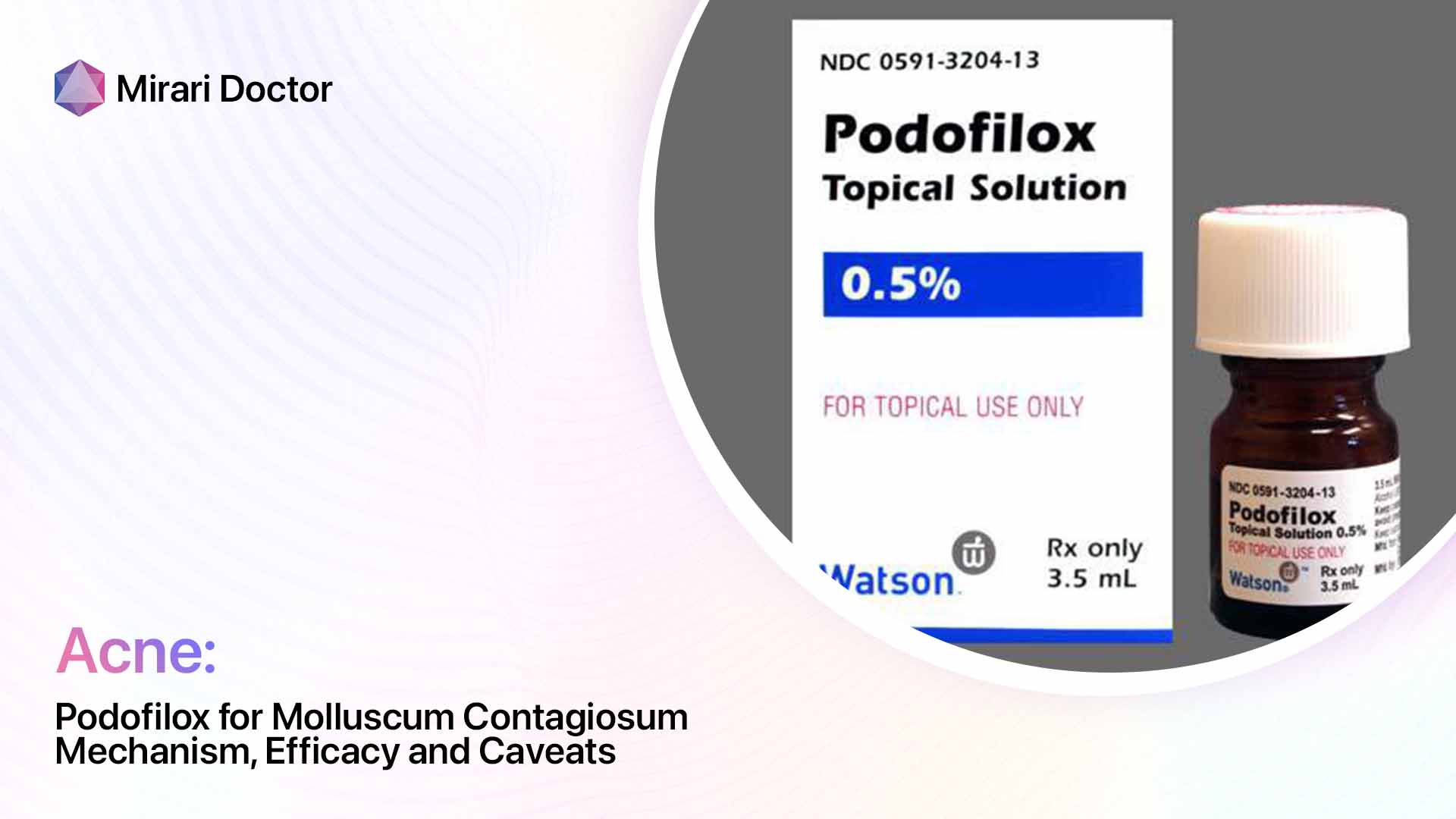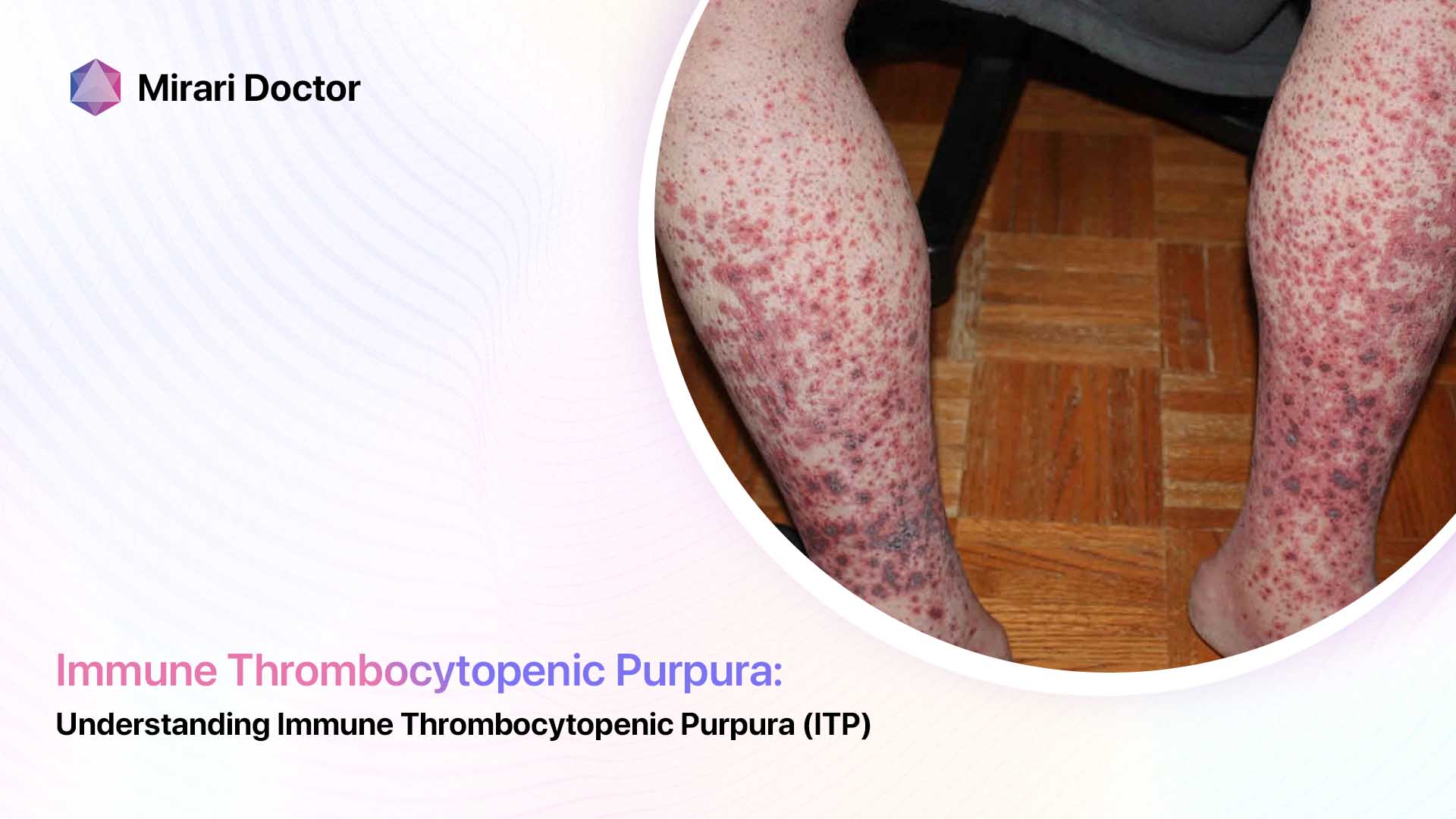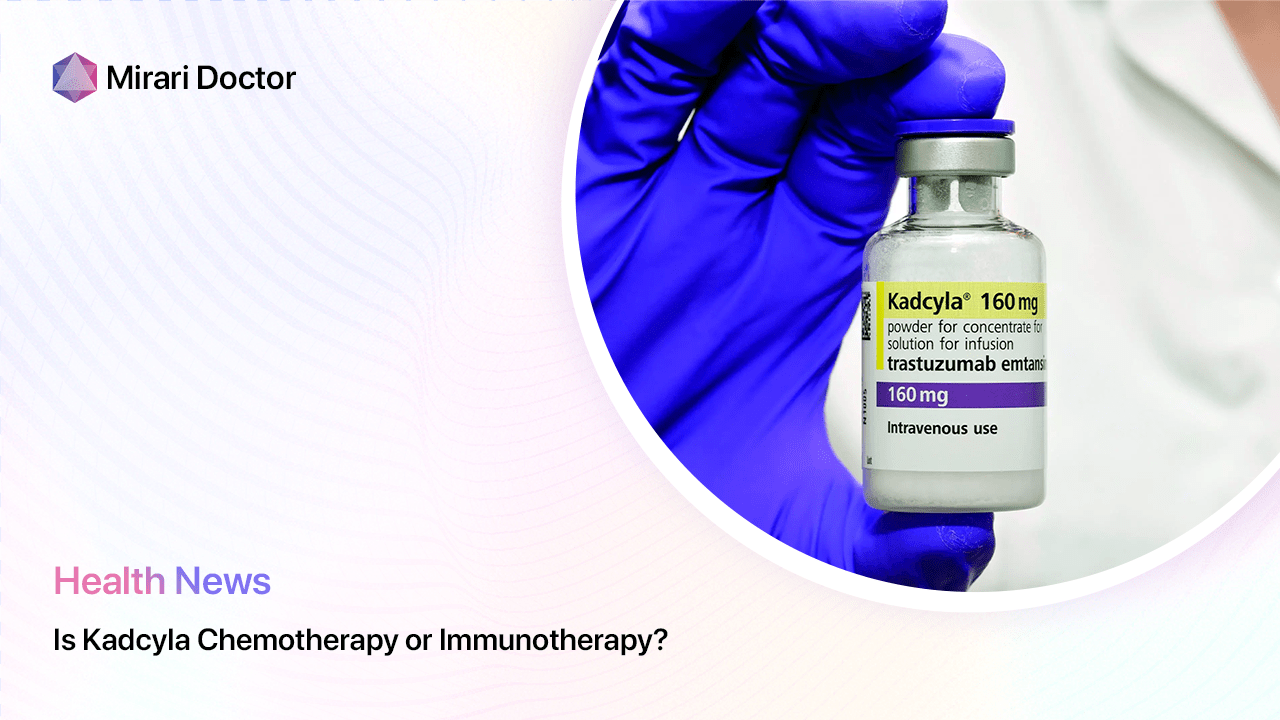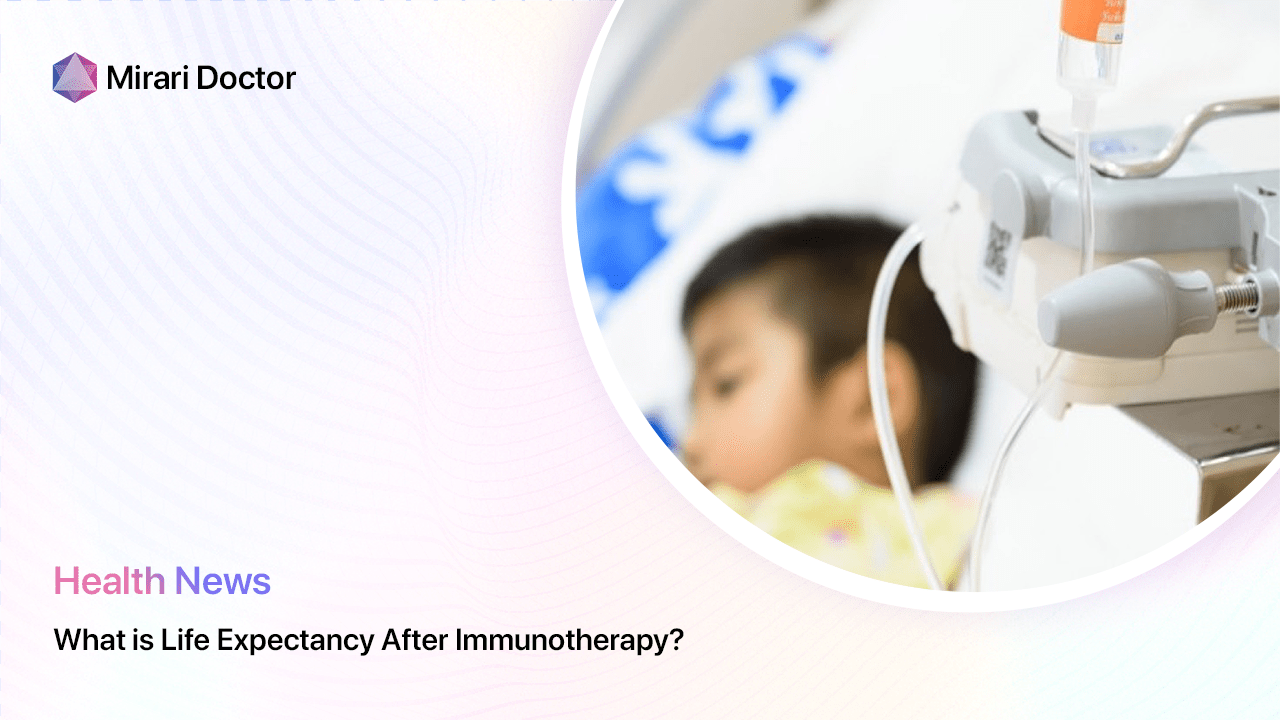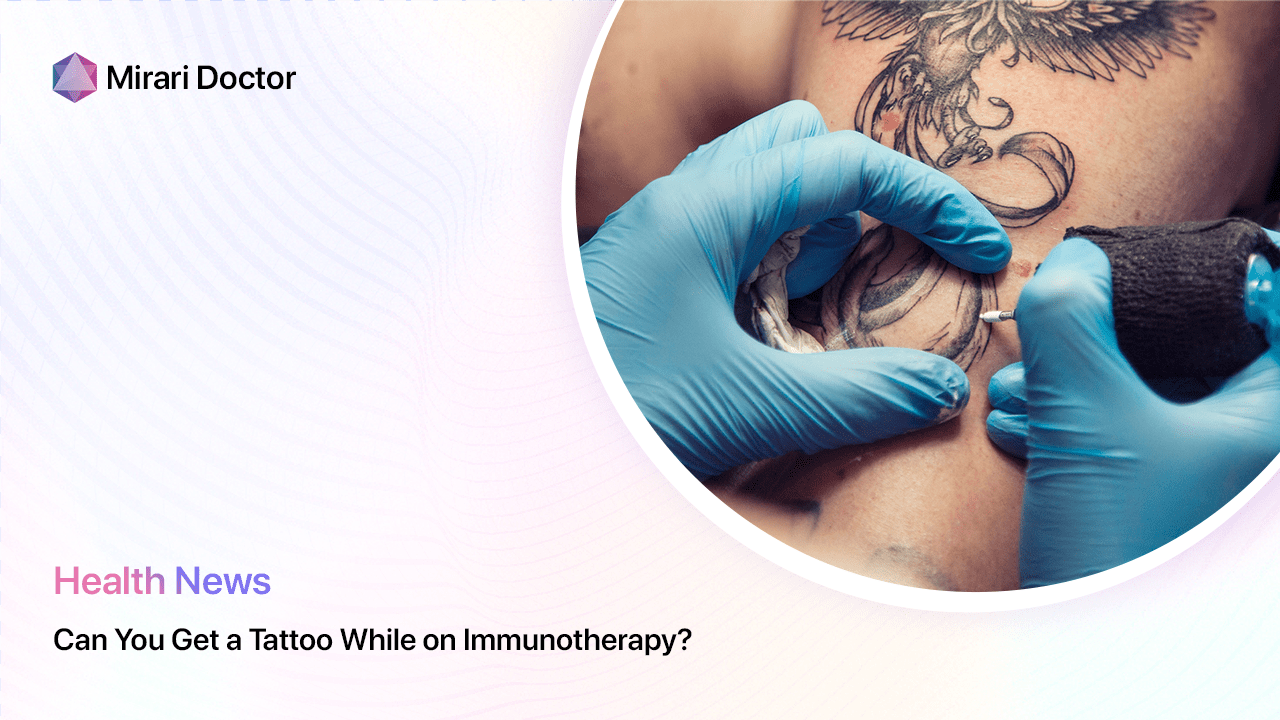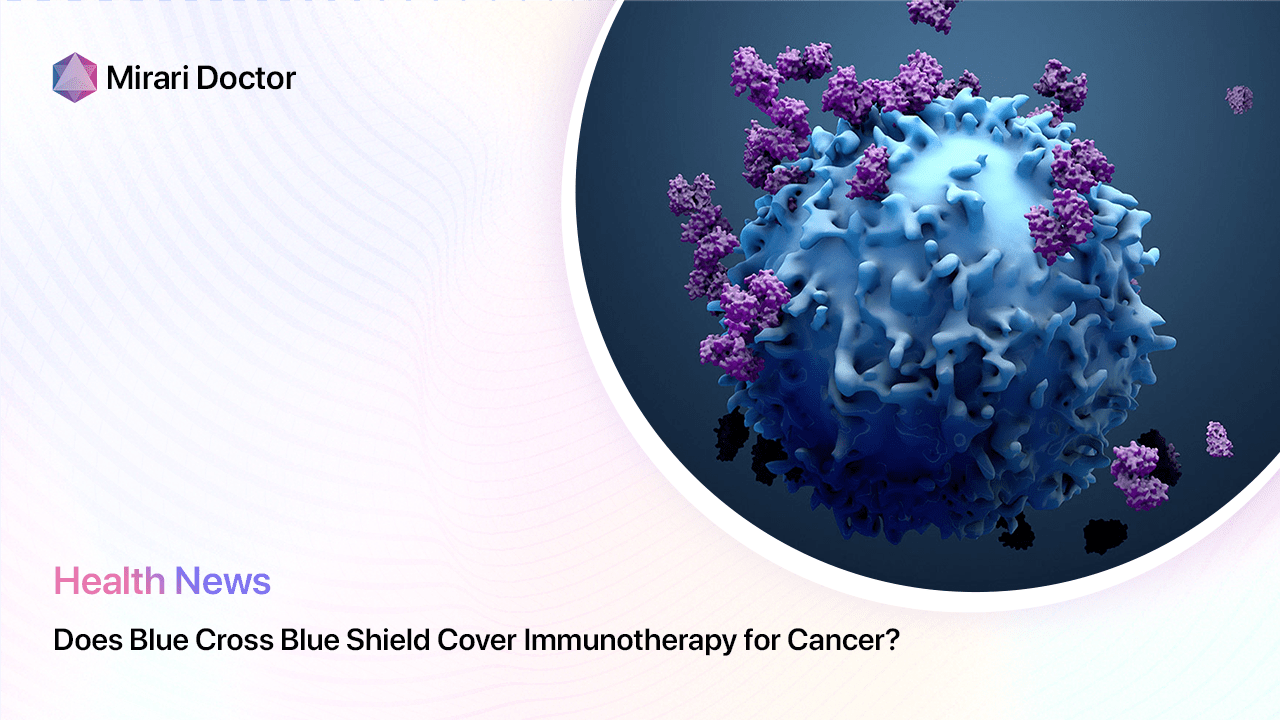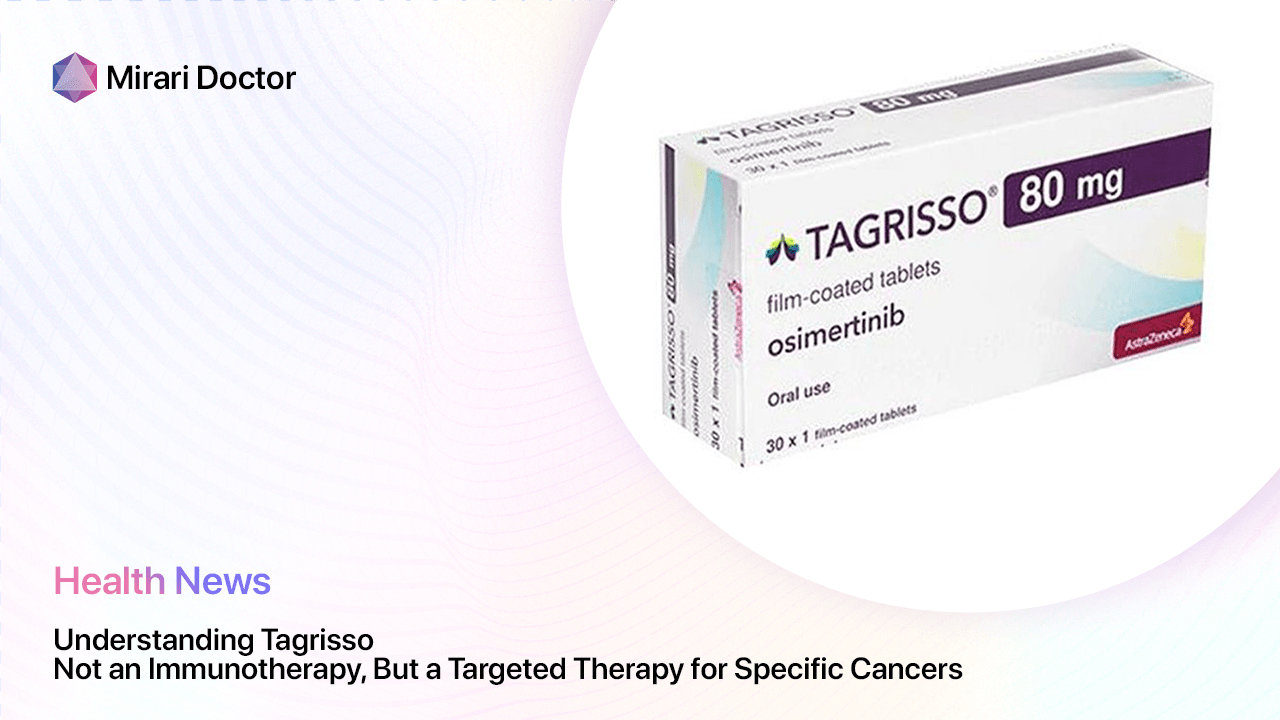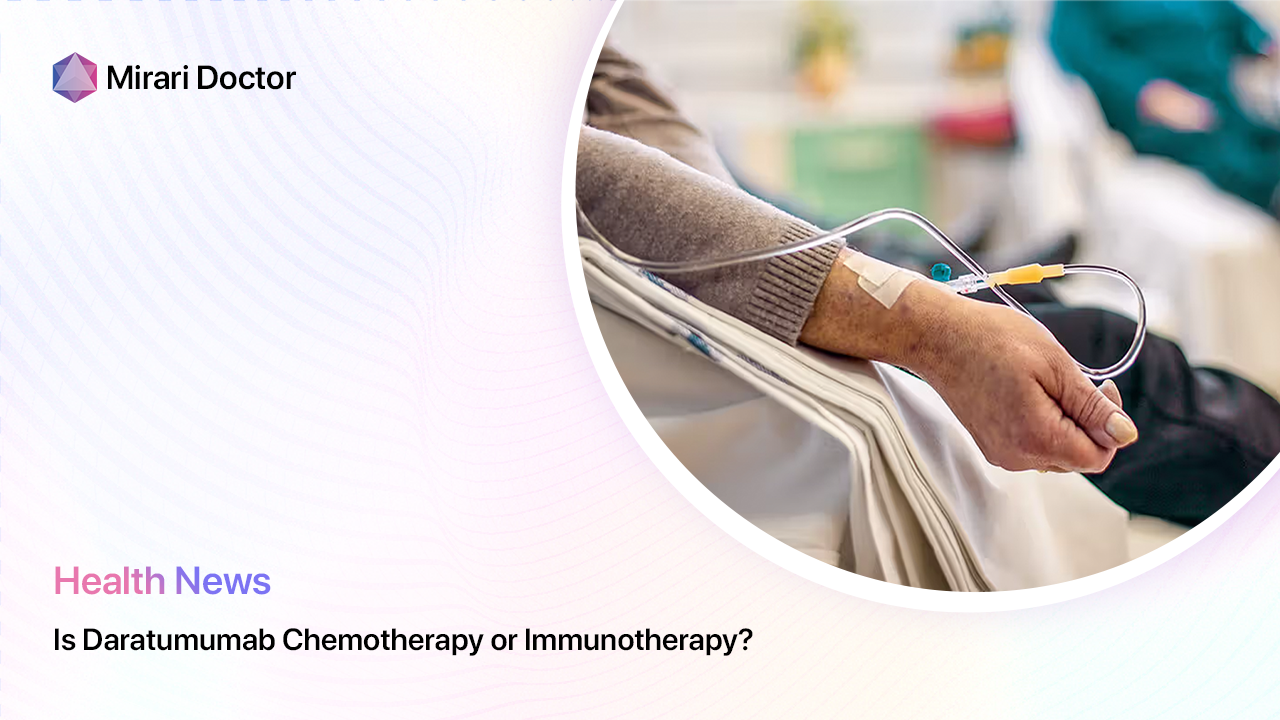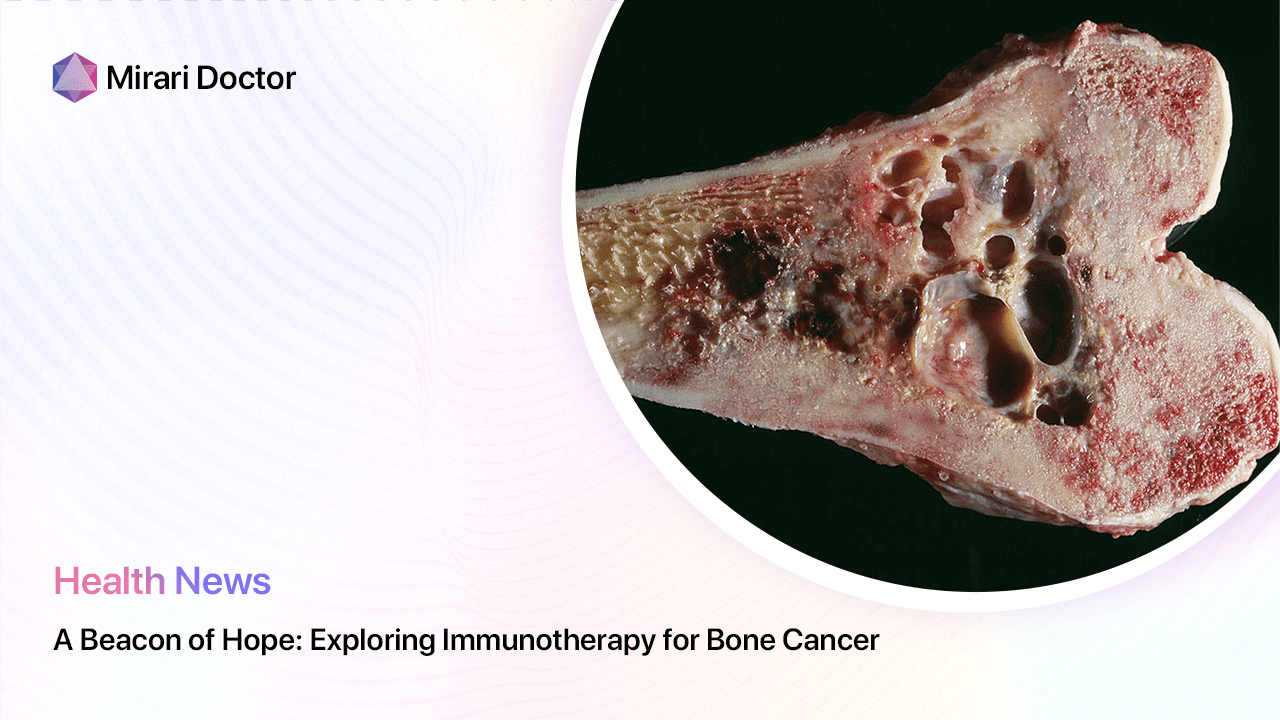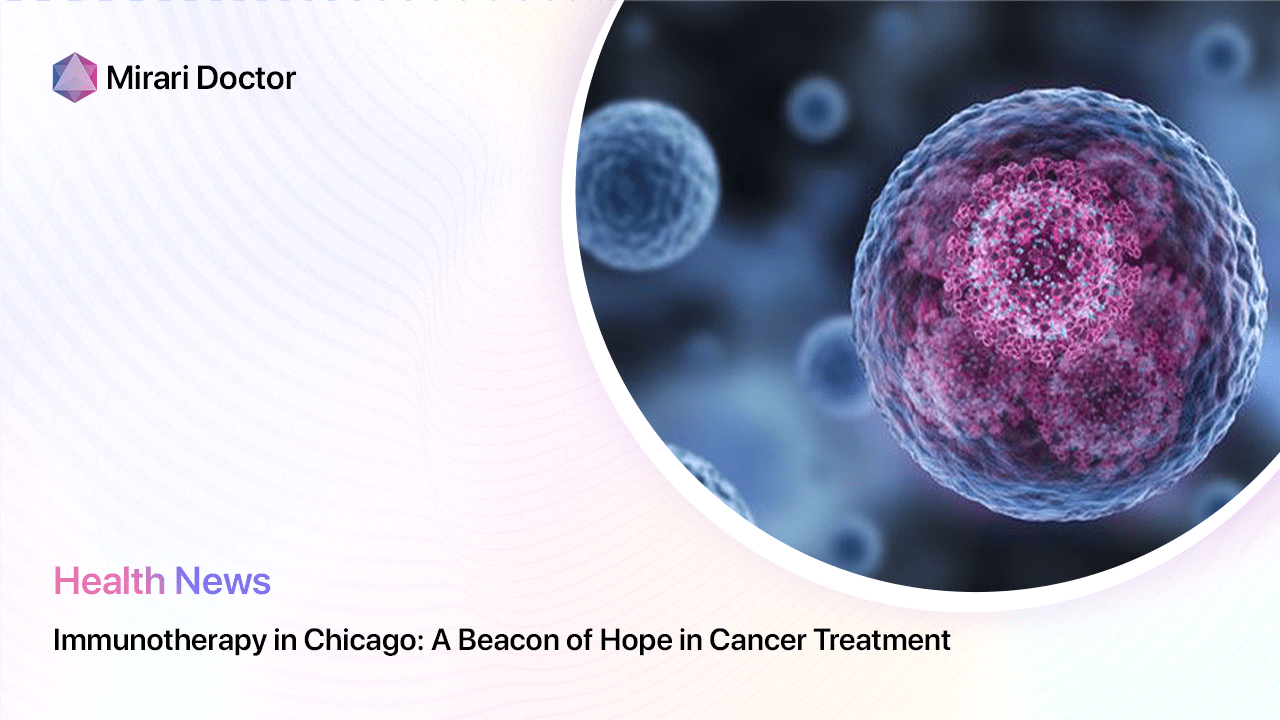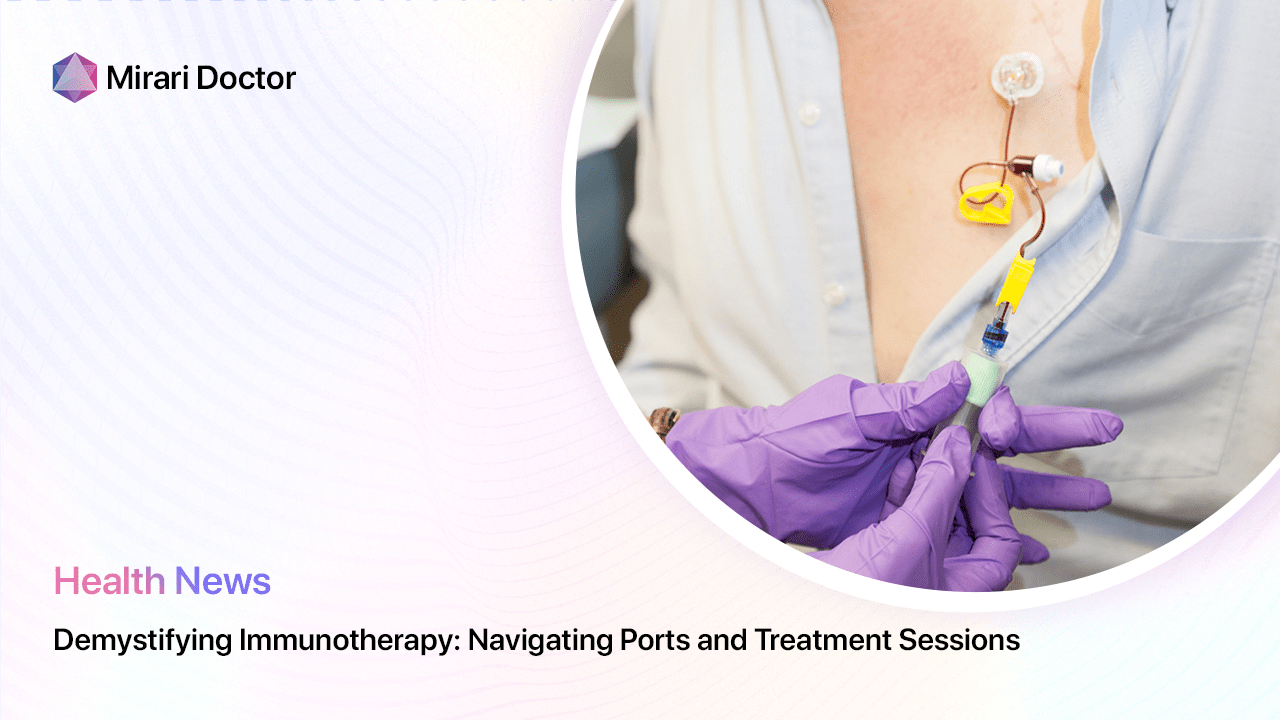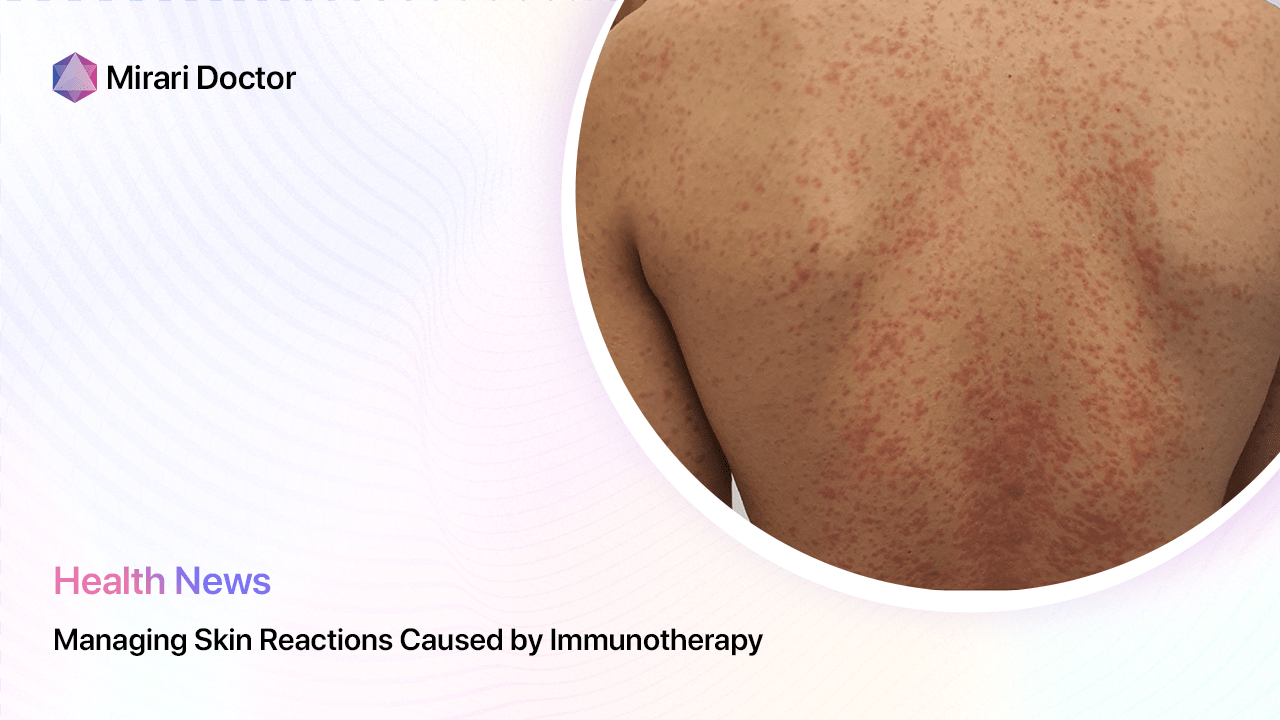
Immunotherapy represents a seismic shift in cancer treatment, mobilizing the body’s native capacity to eliminate tumors using the immune system. But by revving up immunity, these drugs may also trigger skin reactions like rashes or itching as an unintended consequence in some patients. Proactively addressing these dermatologic side effects helps ensure optimal outcomes.
This guide explores practical strategies to diagnose, alleviate, and monitor skin toxicity that may emerge during immunotherapy.
Understanding Immunotherapy-Induced Skin Toxicity
In patients receiving immunotherapy, immune activity against cancer can spill over, causing inflammation manifesting as skin rashes, itching, dryness, or swelling. These reactions, collectively termed skin toxicity or dermatologic irAEs (immune-related adverse events), vary from mild and self-limiting to more severe or extensive cases warranting medical intervention.
While most remain low grade, a specialist describes the range and presentations:
“Skin reactions are a common side effect of immunotherapy, but they can be effectively managed.” Dr. Igor Puzanov, Director of Early Phase Clinical Trials, Roswell Park Comprehensive Cancer Center
Rashes often appear as red bumps or patches on the face, chest, back, or arms a few weeks into treatment. Itching without visible rash is also possible. Identifying and adequately addressing reactions early optimizes outcomes.
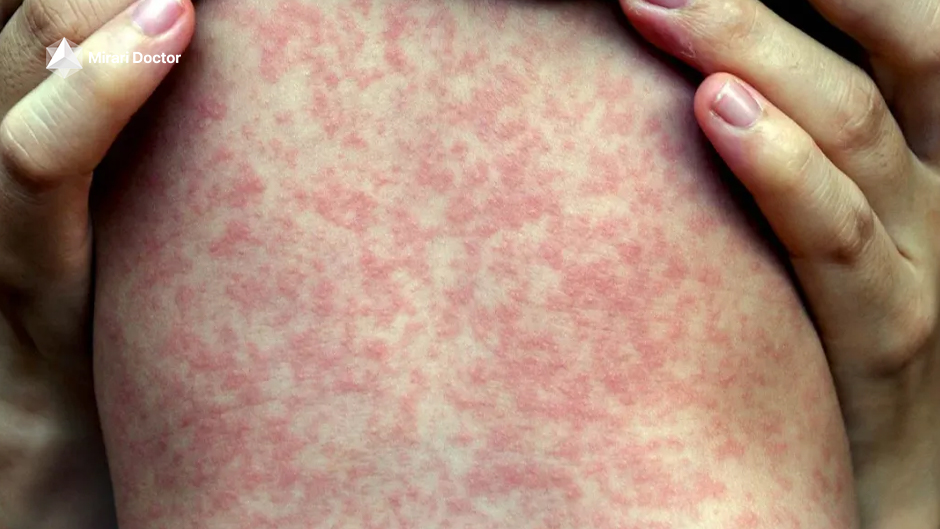
Treatment Options for Immunotherapy Rash
Basic self-care suffices for mild skin irritation, but medical therapies help control more troublesome symptoms.
Self-Care Measures
Gentle skin care limits discomfort from minor immunotherapy rashes:
- Cool compresses
- Fragrance-free moisturizers
- Lukewarm showers
- Loose, breathable clothes
Avoiding irritants/allergens also prevents exacerbations while skin recovers normal tolerance.
Medical Interventions
With moderate to severe skin reactions, doctors tailor treatment to the presentation:
- Topical steroids alleviate localized rashes and swelling under medical guidance
- For widespread rashes or severe itching, oral steroids like prednisone temporarily dampen global immune activity
Takeaway: Most immunotherapy skin issues resolve by briefly adjusting therapy and implementing supportive self-care and symptom-focused measures, though doctor input ensures appropriate intervention.

Frequently Asked Questions (FAQs)
Should I be concerned about a rash during immunotherapy?
While most rashes prove minor, any new skin changes warrant evaluation to guide adequate treatment and symptom relief. Don’t hesitate to ask your doctor.
How can I tell if my rash is related to immunotherapy?
Based on timing, appearance, distribution and associated symptoms, your oncologist can determine if skin findings align with expected immunotherapy reactions versus other potential causes.
Can immunotherapy be stopped if I develop a rash?
For moderate rashes covering large areas, your doctor may pause treatment until the reaction stabilizes, then resume at a lower dose. Severe reactions may require permanent discontinuation after weighing risks versus benefits.
What should I do if my rash worsens or doesn’t improve?
Promptly inform your doctor about any aggravated skin symptoms or new reactions for timely assessment and management modifications to ensure symptoms don’t spiral out of control. Don’t hesitate to call.
Additional Takeaway: Communicating concerns rapidly allows doctors to adjust measures to stabilize reactions before they become dangerous or overly burdensome during immunotherapy.
Conclusion
Immunotherapy empowers remarkable anti-cancer responses, but some patients experience immune side effects like skin rashes or itching. Understanding typical presentations and timeline helps identify reactions needing attention. Your oncologist will address symptoms and adjust management to keep reactions controlled. Working together maximizes chances of completing immunotherapy uninterrupted while minimizing discomfort from skin toxicity.
Main Takeaways
- Skin reactions are common side effects
- Self-care helps mild rashes
- Doctors treat more severe cases
- Adjusting immunotherapy dosage/timing may be warranted
- Prompt communication with your doctor is key
Related articles
Made in USA


